When you look for new shoes, the first things you look at are almost certainly style, fit, comfort, and perhaps performance quality.
However, the importance of some of the less flashy and popular features in shoes shouldn’t be overlooked. Things like breathable material, convenience, and durability are essential, but if there’s one thing that is egregiously ignored, it’s slip prevention.
Today, our Kizik footwear guide focuses on slip prevention. We’re talking about why having great traction matters, what provides traction in shoes, and ways to reduce slip and fall risk in any pair of shoes.
Let’s get started!
Why slip-prevention matters
Slippery shoes can slow you down as you have to walk more carefully. This is also distracting and reduces your confidence.
That's not to mention that slippery shoes are risky. While some might think falling is mostly only dangerous for the elderly, people of any age and fitness level could easily injure their arm, wrist, legs, head, and more with a fall. When there's a hard surface or nearby obstacles, the risk of a fall increases.
That isn't to fearmonger, but to say that the importance of wearing non-slip shoes isn't something to ignore!
Why are standard shoes slippery?
Due to the importance of slip-prevention features, you may wonder why so many shoes on the market today are so slippery.
Many shoes are slippery simply because of the material used in the outsoles (the part of the shoe that touches the ground). Leather outsoles are very common in leather shoes, which typically fall on the dressier side. However, leather is a material that lacks grip in most cases.
Another common outsole material is plastic. PVC compounds and other plastics like polyurethane are used in all kinds of shoes. These materials are extremely durable, waterproof, lightweight, and easy to use in the construction of the shoe, but they lack the all-important traction that takes shoes to the next level.
Besides material, the design of the sole can have a big influence on whether they slip or not. A totally smooth outsole with no texture will slide across many ground surfaces, especially surfaces that are also smooth. The more texture the outsole has, the better the grip will typically be.
Many designs also incorporate grooves, studs, traction pads, and more to improve this type of traction. Even a material like plastic gets better traction when the sole isn't on a flat, smooth surface.
Ordinary shoes you'd find today that don't have slip-prevention features likely lack them due to style choices or perhaps a cheap design that cuts corners to make the footwear easier to produce.
When looking for the highest quality shoes, opt for shoes with traction-promoting features, including rubber soles, traction pads or grooves, textured soles, and more.
Styles like our Kizik Athens and Lima are perfect non-slip athleisure shoes, while a style like our Prague brings high-performance traction to a smart, casual aesthetic.
How to make slippery shoes less slippery
Say you've got a pair of dress shoes or old sneakers you really love and don't want to let go of. Maybe a friend or family member bought you some shoes for the recent holidays that look stylish but don't have any grip.
Whatever the scenario, if you've got shoes that slip and you want them to have traction, there are some DIY solutions you can try.
1. Ask a cobbler to resole or repair your shoes.
Before going DIY, consider whether simply getting the shoes resoled or repaired at a cobbler may be your best option.
Cobblers are artisan professionals, master craftspeople who specialize in all things shoes. From making shoes to altering or repairing them, cobblers are the best of the best.
If you have the time, interest, and budget to invest in cobbler services, they can provide the best possible non-slip sole on your favorite shoes. This solution is especially fitting for valuable shoes such as dress shoes or boots, particularly if you wear them frequently.
2. Scuff up new soles.
One reason your shoes may be slippery is if they are brand new. Unless your new shoes come with slip-prevention features, their shiny, smooth soles will be more slippery than ever.
After some time of wear, the soles won't be as stable and secure as true slip-prevention shoes, but their traction may improve a small amount.
If you're fully committed to the shoes, try wearing them out on rough surfaces such as concrete, gravel, rocks, or other harsh places that would wear the brand-new soles down a bit.
Once the soles are less smooth, the imperfections in the surface will help your shoe grab onto the ground a bit more, reducing slip risk, though marginally.
If you don't have the time or inclination to wear your shoes around to break them in, you can also do things by hand. Rub your shoes against a rough surface, or use sandpaper or nail files to grind away the perfect smoothness of the new soles. Soon enough, you'll have similar results and slightly better traction.
3. Add grip with sprays, pads, or tape.
A number of products are produced with the intention of improving grip on slippery shoes.
Most of these solutions are temporary, sometimes lasting only a single wear. That makes this method ideal for styles you only need to wear for rare formal occasions, such as dress shoes for weddings or holiday outfits.
If you're feeling crafty and confident, you can try to DIY this kind of solution using a number of everyday household products. You might find success spraying hairspray to the bottom of your shoes to make the soles a bit stickier, attaching grippy bandages to the bottom of your shoes, or even using textured puff paint.
However, there is no guarantee any of these solutions will work. There is always a bit of risk in this kind of project. Paint, hairspray, and bandages may also add to wear and tear on your shoes, ultimately reducing their lifespan. It's also not ideal to drag around chemicals and microplastic residue on the ground wherever you go.
The best solution: Buy slip-prevention shoes
At the end of the day, there is only so much that can be done to add traction to slippery shoes. Without an intentional anti-slip design from the get-go, a shoe is ultimately limited in its quality.
Here at Kizik, we value slip prevention for many reasons. It doesn't just make you more confident, comfortable, and safe, but it also helps make our shoes accessible to as many people as possible.
Whether for active kids that don't always think before they scamper off or for the elderly, disabled, pregnant, or injured who may be at greater risk of slipping, shoes with slip-prevention can be life-changing beneficial.
The best part is that slip-prevention is just one of many top-quality features we ensure go into every pair of Kiziks. Our HandsFree Labs® technology makes every pair of Kiziks super convenient for a fast-paced, active lifestyle.
Simply step right into them or out of them; it's as easy as that! You won't have to worry about hands, crumpled socks, bent-up shoes, sore heels, or awkward stumbles.
Non-slip styles to try from Kizik
From the supportive, slip-preventing rubber soles of our Kizik women’s Roamer and men’s Lima to the improved classic look of our Kizik Vegas, outfitted with rubber traction pads, we’ve got versatile, stable, high-quality styles for whatever life throws at you!
Sources:
Facts About Falls | Fall Prevention | Injury Center | CDC


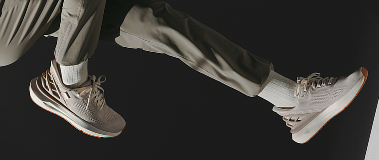
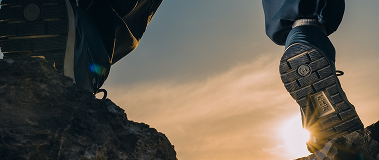

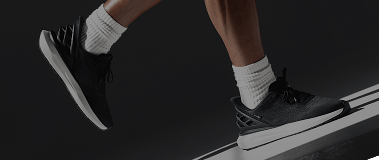
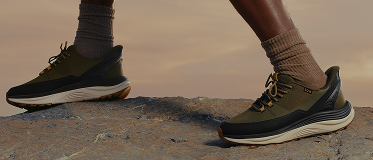
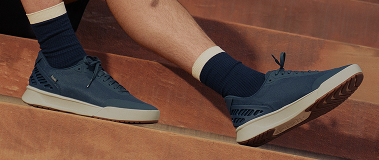
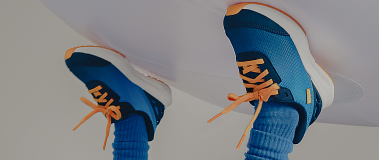
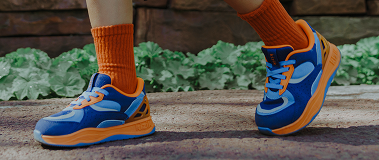
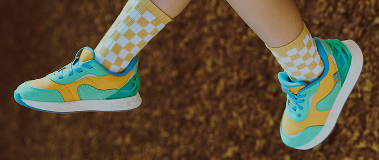




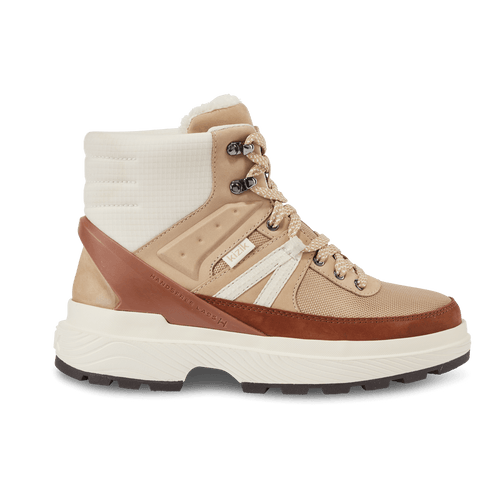
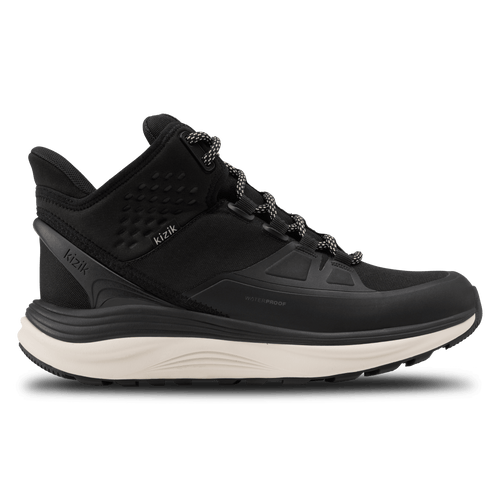





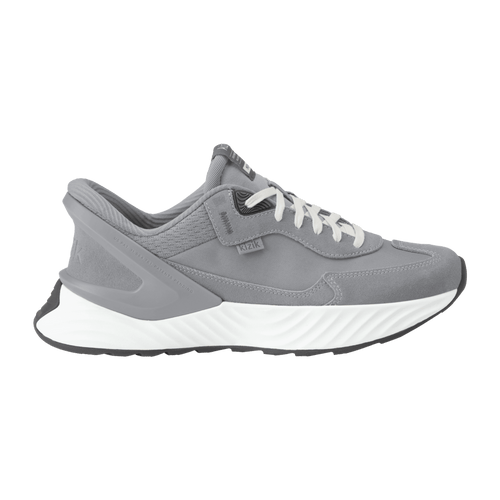


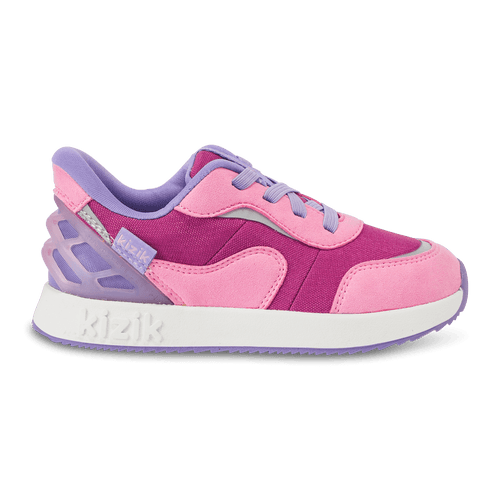




Leave a comment
This site is protected by hCaptcha and the hCaptcha Privacy Policy and Terms of Service apply.